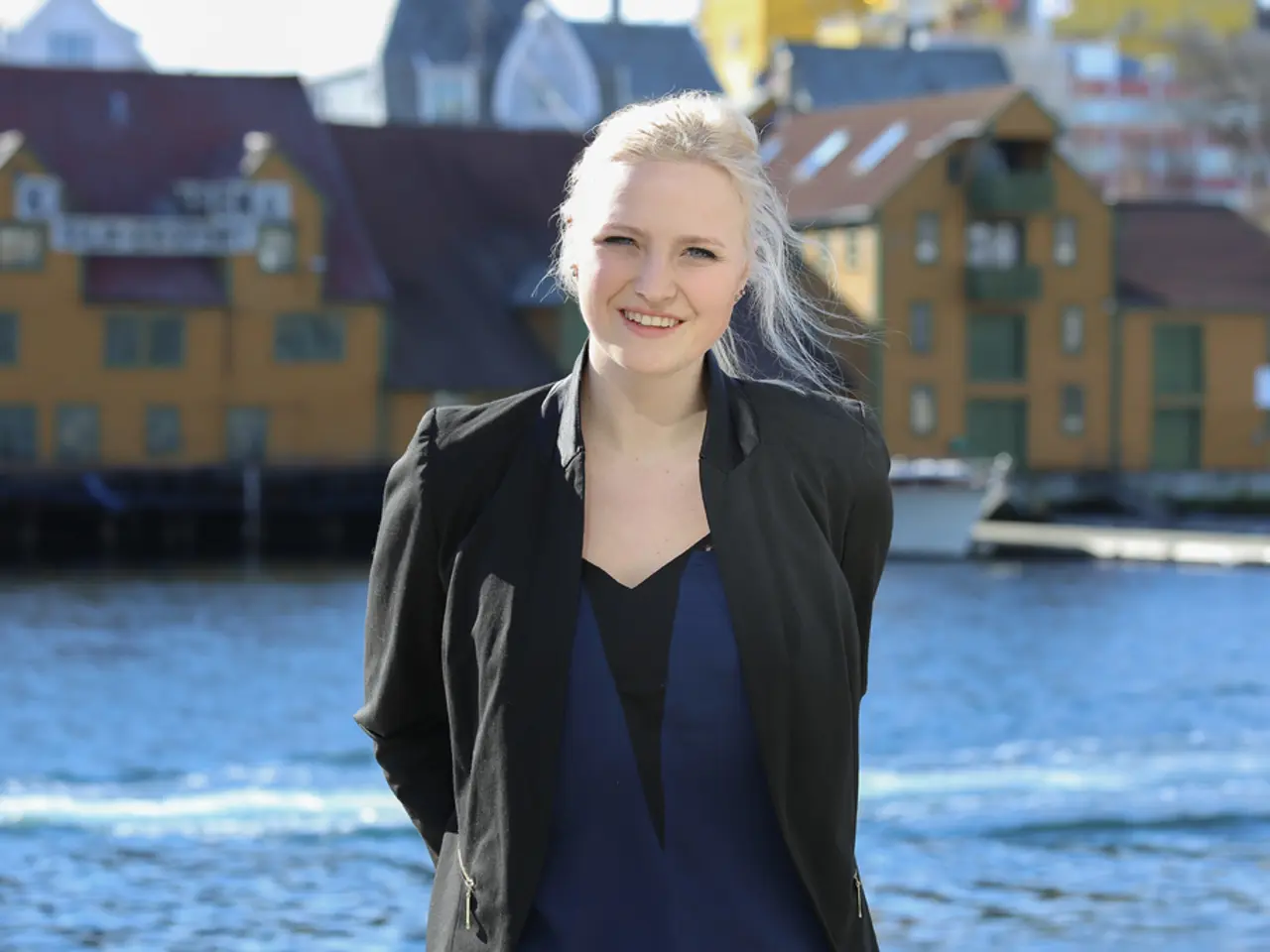In Mannheim-Feudenheim, a novel residential area boasts significant water conservation, using fewer freshwater resources.
In the heart of Mannheim-Feudenheim, life is slowly but surely returning to the new residential area on Adolf-Damaschke-Ring. This modern development, a model project supported by TU Darmstadt, is making waves as a beacon of sustainability in urban living.
The residential complex boasts 114 apartments spread across three new buildings, with a mix of subsidized and non-subsidized units. The apartments, while modern and well-appointed, are not priced exorbitantly, making them accessible to a wide range of residents.
One of the key features of this eco-friendly development is its water-sensitive design. Grey water from the new residential area flows into an artificial pond between the buildings, serving multiple purposes. It cools the air, collects rainwater, and is used to irrigate the lush greenery adorning the facades and the high-quality outdoor area, enhancing leisure activities for residents.
This innovative water management system allows residents to enjoy a 40% savings on fresh water, as the recycled grey water is used for tasks like flushing toilets or running washing machines, according to the German Federal Environmental Foundation (DBU). The artificial pond also prevents rainwater from entering the sewage system, further reducing the development's environmental footprint.
The newly planted trees and greenery not only add to the aesthetics of the area but also help protect against overheating and drought. This focus on sustainable water management aligns with broader urban development trends in Germany, such as the Leipziger BlauGrün project in Leipzig and the Ecovillage residential complex in Bonn-Dottendorf.
Gregor Kiefer of the municipal housing company GBG, who oversees the project, has expressed no concerns about contamination in the recycled water system. Mannheim's First Mayor, Diana Pretzell, is enthusiastic about the new residential area and aims to make Mannheim a "sponge city" by storing and using rainwater locally to protect against extreme weather events.
As more and more people move into the new residential area on Adolf-Damaschke-Ring, they are not only enjoying a modern, sustainable living space but also contributing to Mannheim's growing reputation as a city at the forefront of sustainable urban development. The GBG is particularly proud of the photovoltaic systems installed on the roofs of the new buildings, allowing residents to benefit from the tenant electricity model.
In conclusion, the residential area on Adolf-Damaschke-Ring is a shining example of sustainable urban living in Germany, combining innovative water management, greenery, and energy-efficient design to create a comfortable, eco-friendly living space for its residents.
Science plays a crucial role in the sustainable living provided by the residential area on Adolf-Damaschke-Ring, as the water-sensitive design is based on environmental-science principles. Climate-change mitigation is also aided, as the development's innovative water management reduces the environmental footprint. Moreover, the tenant electricity model promoted by the photovoltaic systems installed on the buildings aligns with the lifestyle choices of those advocating for sustainable-living and home-and-garden practices.




